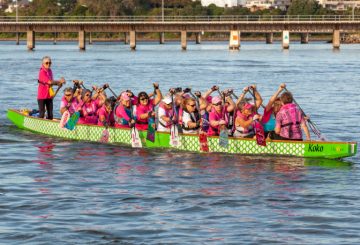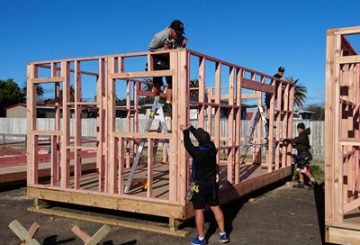新西兰卫生部报告了一例新的mpox病例,该病例 “很可能” 与皇后镇的冬季骄傲节有关。自2022年6月该病可报告以来,该病例使新西兰的总数增加到54例mpox病例。到目前为止,2024年已有五例确诊病例。
国家公共卫生局的苏珊·杰克博士表示,他们正在进一步调查。包括最新病例在内的几位节日参与者曾与后来在国外经检测呈mpox阳性的人有过接触。
杰克博士强调说,尽管可能出现更多病例,但mpox很少见,在新西兰爆发大规模疫情的可能性很小。任何认为自己可能接触过mpox或出现症状,尤其是皮疹的人,都应该去看医生。mpox病毒通过包括性行为在内的密切接触传播,因此敦促有症状的人避免性接触并寻求帮助。
mpox 的症状包括皮疹或皮肤损伤。这些病变主要出现在面部、手、脚、嘴巴、喉咙、生殖器和肛门上的斑点、肿块、水泡或溃疡。病变从平坦发展到凸起,充满液体,外壳覆盖,最终脱落。它们可能会疼痛和发痒,可能需要数周才能愈合。有些人一开始可能还会出现类似流感的症状。
mpox 有两种类型,进化枝 I 和进化 II。这两种类型都导致了非洲的疫情,最近出现了I型疫情,而在新西兰或附近国家尚未发现这种病毒。有关 mpox 的更多信息,请访问相关的健康资源。





























































